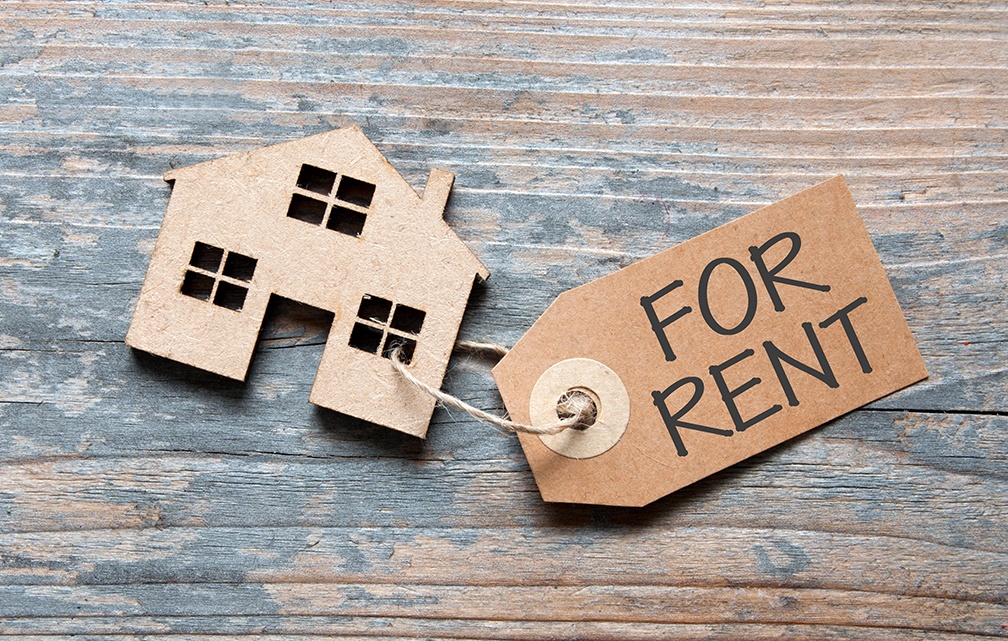7 Inexpensive Upgrades You Can Make To Your Rental Property
 Upgrading your rental doesn’t need to cut deeply into your profits. You can add curb appeal and help prospective tenants see your rental as their next home by making some simple changes. The following upgrades are all things that a handy landlord can do without needing to hire professional contractors.
Upgrading your rental doesn’t need to cut deeply into your profits. You can add curb appeal and help prospective tenants see your rental as their next home by making some simple changes. The following upgrades are all things that a handy landlord can do without needing to hire professional contractors.
1. Decorative Switch Plates
Replace ugly cream switch plates with either stainless steel models or decorative designs. Fancy switch plates for light switches and electrical sockets cost very little, yet make any room look nicer. The best part is, you can do the replacements yourself, using only a screwdriver.
2. Flower Beds
Beautiful flower beds make any rental look more inviting. You can enhance curb appeal by planting inexpensive perennials around the front of the rental and along the pathway leading up to the door. Top off your newly planted flower beds with a fresh layer of colored mulch.
3. Kitchen Cabinet Refacing
Kitchen cabinets are pricey, but it’s cheap to just reface existing cabinets. You can either replace the entire doors or take them off and give them a fresh sanding and a couple of coats of varnish or paint.
4. Fresh Paint
Even quality paint is inexpensive. Give your rental a beautiful new look with fresh paint throughout. You’ll want to use neutral tones, but consider making an accent wall, painted with an attractive color.
5. New Light Fixtures
Old light fixtures make a place look dated. You can pick up inexpensive light fixtures at big box home improvement stores. This simple upgrade will make your rental more attractive and modern.
6. Broom Storage Area
Most rentals don’t come with a broom closet, but you can create a makeshift broom storage area very cheaply. Just pick up some plastic broom holders and a shelf from the hardware store. Attach the broom holders to the wall and hang the shelf over that. Your tenants will appreciate the upgrade!
7. Fresh Window Treatments
Window treatments make a house look like a home. Replace window blinds or shades for an instant upgrade. Curtains are even cheaper and can be laundered and reused between rentals.
No matter where your rental is located, you can make it more attractive with these easy and inexpensive upgrades that you can do yourself.

 Last week’s economic news included readings from the National Association of Home Builders on housing markets along with Commerce Department readings on housing starts and building permits issued. Fed Chair Jerome Powell appeared on 60 Minutes. Weekly readings on mortgage rates and jobless claims were also released.
Last week’s economic news included readings from the National Association of Home Builders on housing markets along with Commerce Department readings on housing starts and building permits issued. Fed Chair Jerome Powell appeared on 60 Minutes. Weekly readings on mortgage rates and jobless claims were also released. The national reading for home builder confidence rose one point to an index reading of 83 in April; the National Association of Home Builders predicted a reading of 84. Component readings for April’s national index readings were mixed. Builder confidence in current market conditions for single-family homes rose one point to 88. Builder confidence in market conditions for single-family homes in the next six months fell two points to 81 but homebuilder confidence in buyer traffic in new home developments rose two points to an index reading of 75.
The national reading for home builder confidence rose one point to an index reading of 83 in April; the National Association of Home Builders predicted a reading of 84. Component readings for April’s national index readings were mixed. Builder confidence in current market conditions for single-family homes rose one point to 88. Builder confidence in market conditions for single-family homes in the next six months fell two points to 81 but homebuilder confidence in buyer traffic in new home developments rose two points to an index reading of 75.